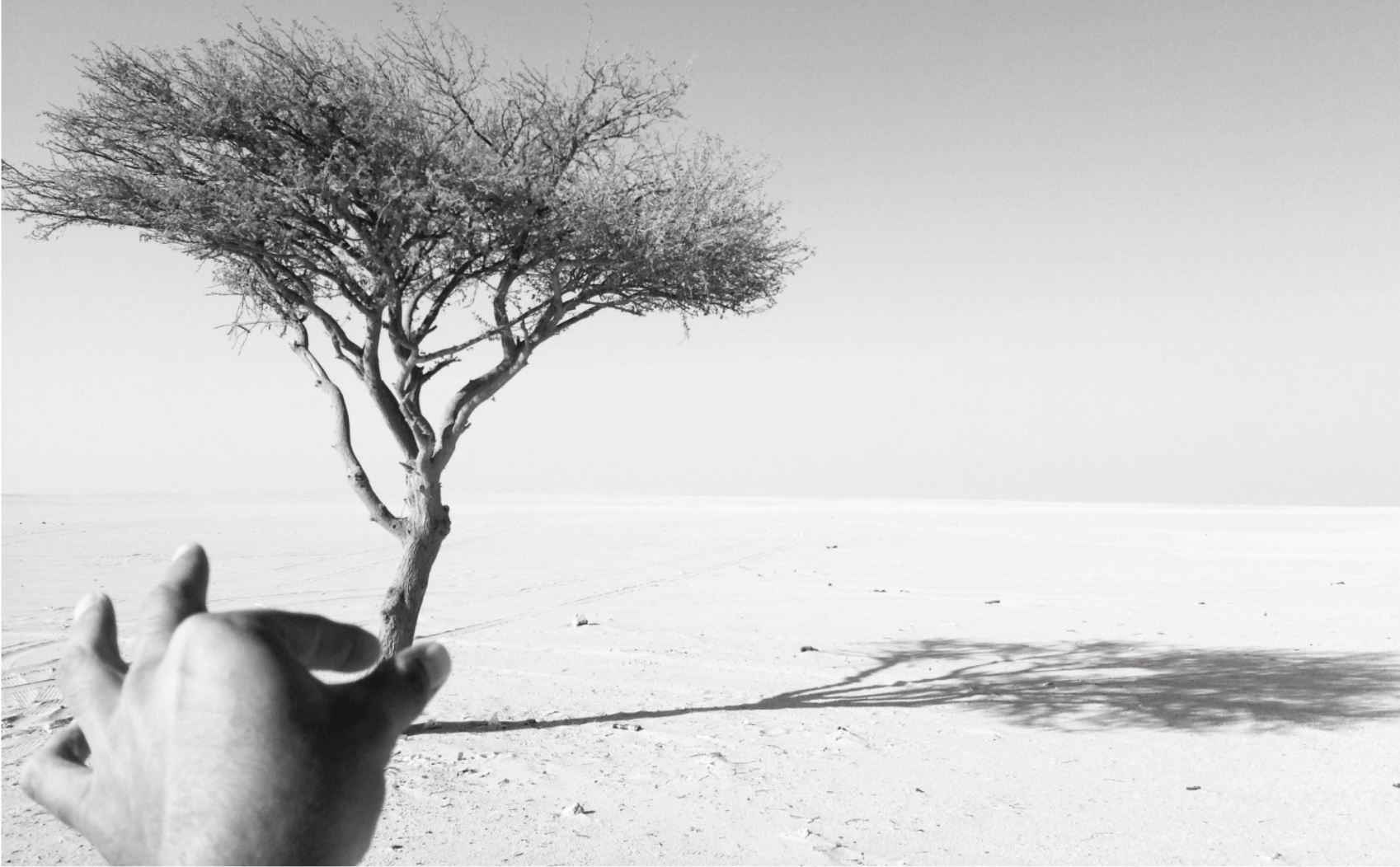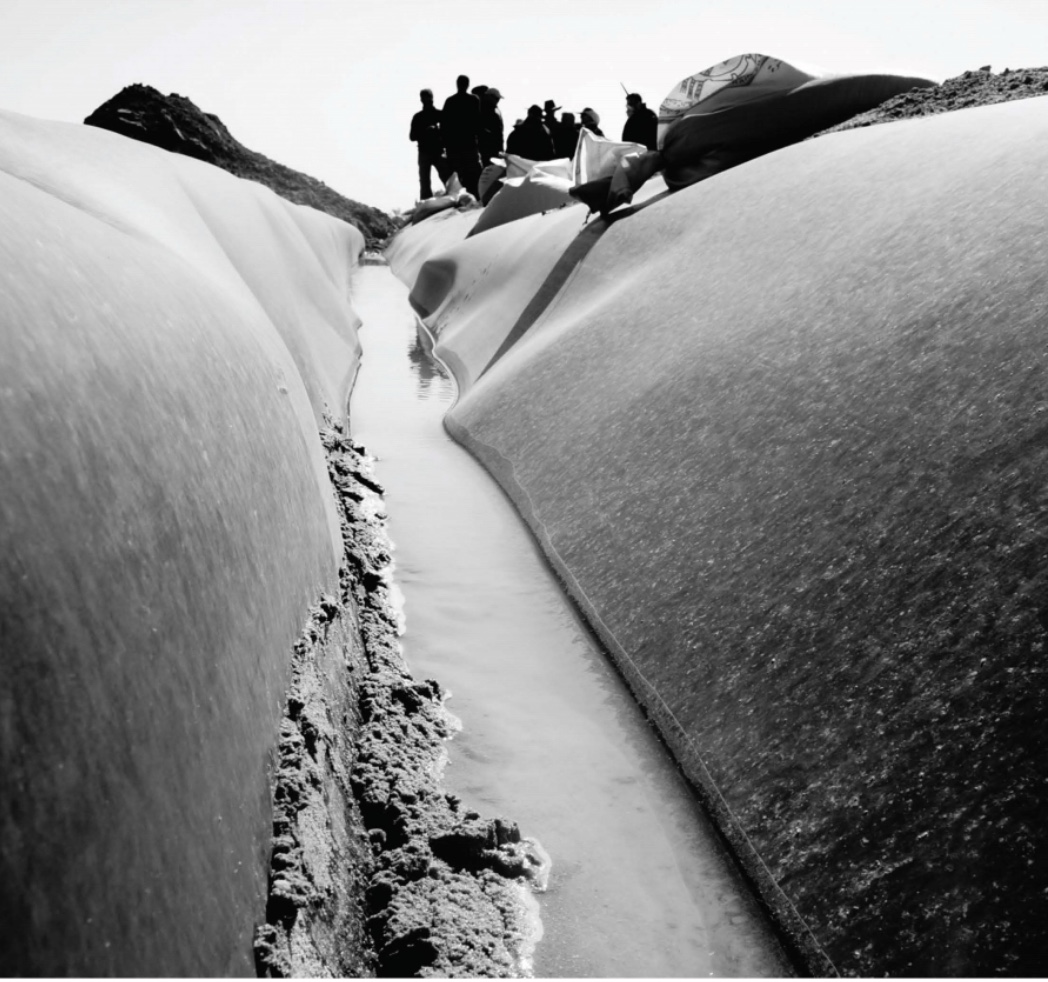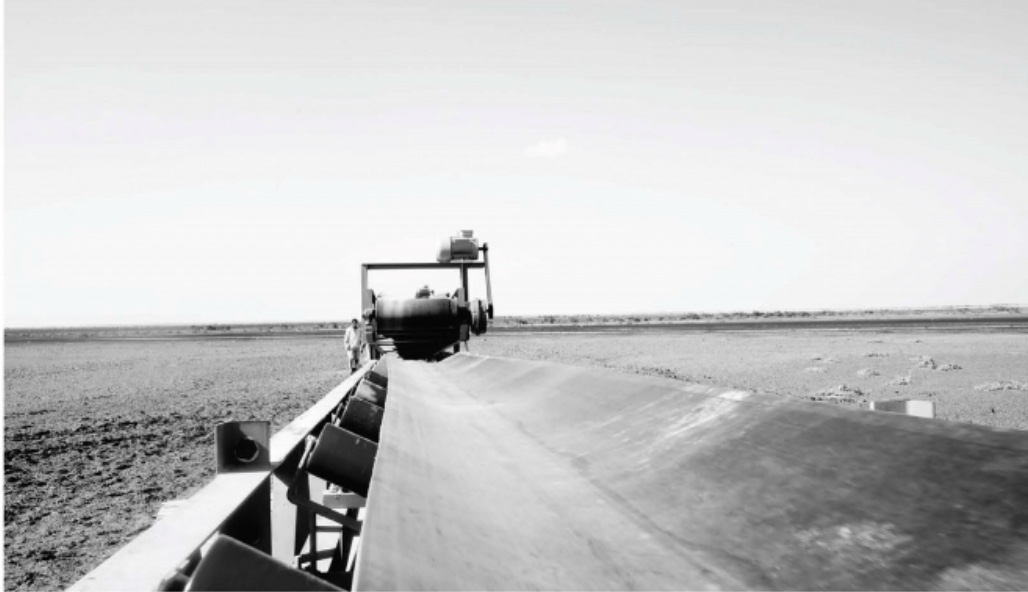Coastal Remediation Contract (1991 Gulf War) - SDG 6, 14, 15, & 17
Description
Funded by the United Nations Compensation Commission (UNCC), The General Authority of Meteorology and Environmental Protection (GAMEP) conducted a Coastal Remediation Contract (CRC) as part of Saudi Arabia’s Coastal Environment Remediation and Restoration Program (CR-RRP). The CE-RRP aims to address damages within the intertidal habitats of the KSA Gulf coast, specifically salt marshes and tidal flats within coastal embayment’s, as a result of approximately 11 million barrels of crude oil released into the Arabian Gulf (1991 Oil Spill) during Iraq’s invasion and occupation of Kuwait (1991 Gulf War). The project was completed in two phases: Phase 1(2011-2015), Phase 2 (2017-2019)
The Oil Spill adversely impacted approximately 800 linear km of Saudi’s shoreline habitats between the Kuwait border and Jazirat Abu Ali in Saudi Arabia, resulting in the worst oil spill in history. This initiative puts the project directly in line with the United Nations Agenda 2030 and its Sustainable Development Goals (SDG’s), specifically SDG 6, 14, 15, and 17 respectfully. <br />
Elevating The CE-RRP goal is to restore sustainable ecological functions (e.g., nutrient cycling, sediment transport, and biotic communities) to oil-damaged intertidal shoreline habitats. This goal is achieved by facilitating natural environmental processes using CRC Remediation Works with the following primary objectives:<br />
• Remove physical substrate barriers (asphalt pavement; AP) to aid biotic colonization of underlying un-contaminated substrates.<br />
• Reduce chemical barriers (heavily oiled sediment; HOS) to aid biotic colonization of substrates with attenuated oil-contamination.<br />
• Restore intertidal hydrologic function (tidal channels) to facilitate nutrient cycling, propagule transport, substrate sediment transport, and ongoing oil weathering.<br />
• To date, the CE-RRP has implemented multiple CRCs, during which Remediation Work Activities have been refined and successfully implemented to remediate adverse habitat impacts of the 1991 Oil Spill and stimulate natural ecological recovery
• CLIENT. The General Authority of Meteorology and Environmental protection (GAMEP).
• PROGRAM MANAGEMENT SUPPORT CONTRACTOR. CH2M Hill (Arabia) Ltd. Quantity Surveying Consultant
• THE QUANTITY SURVEYING CONSULTANT (QSC). Marwan Bajnaid Architectural and Engineering Consultancy Office (MBO).
• REMEDIATION CONTRACTORS (RC’s). Various qualifies environmental contractors commissioned throughout the affected areas.
The QSC provided engineering, quantity surveying and administration services in support of the coastal/marine remediation and restoration program (RRP) to ensure the works were according to UNCC environmental standards. The work was overseen by GAMEP acting as the Client, and by its Program Management Support Contractor (PMSC); with periodical daily logs, weekly and monthly reporting and invoicing executed by Marwan Bajnaid Architectural and Engineering Consultancy Office (MBO).
During the field works, specially trained teams, consisting of coastal geomorphologists, intertidal ecologists, GPS (Global Positioning System) technicians, sediment samplers and other related specialists were deployed to conduct multiple surveys helping the project stakeholders to grasp the point of action to be undertaken.
Analyses revealed that oil spill has persisted along most of the Saudi Arabian shoreline between the Kuwaiti border and Abu Ali Island. Oil has deeply buried in the sand beaches and on the nearby land masses above shoreline that severely affecting the natural habitats of both fauna and flora in the area. In addition to damage caused by US military fortifications on terrestrial areas.
With that, the project took place in two (2) phases in various affected areas. Phase 1 (Coastal and Terrestrial remediation) began in May 2011 and completed by May 2015. Five (5) Terrestrial sites over a distance of 309 KM and Seventeen (17) Coastal sites over a distance of 207 KM were the main scope of this Phase. Phase 2 (Additional coastal remediation sites) began on January 2017 and is intended to be complete by December 2019. Five (5) additional coastal sites were commissioned by GAMEP after the successful completion of Phase 1 with MBO as the main QSC service provider.
For the remediation of terrestrial areas, the project has executed several studies to identify which approach is most effective in revegetation of the area. The project constructed some Revegetation Island Test Plots to evaluate effective strategies for fertilization, mulching, and irrigation, on the growth and survival of rimpth and arfaj seedlings. Effective irrigation methods were also determined to foster plant survival and growth.
For coastal remediation, the project assessed the affected intertidal habitats and their status of recovery through natural processes. Oil contaminated areas were excavated. The project conducted several dredging and filling activities in salt marshes and other adjacent habitats, planting mangroves and halophytes to maintain appropriate landscape connectivity and foster life in the area.
This include the execution of targeted dredging and landfilling techniques, removal of asphalt pavement (AP) from the unconsolidated sediments atop the rock platform and the remediation of the sediments below which significantly eliminated a chronic source of oiling to the area. The project also conducted revegetation strategies to bring back the life to the area, this include planting of mangroves that would bring shelter, food and a conducive environment for breeding among marine water life forms. As a result, the project could now claim that due to the successful removal of physical barrier, both rubbish and the oil spills, which disallowed the natural flow of life in the area, life began to flourish and the natural habitat is now gradually restoring to its pre-war status.
The project also encounters several challenges, mainly due to its size, covering 800 linear km (a distance of 207 kilometers of coastal remediation and 307 kilometers for the terrestrial program) spanning from the Northern frontier of Saudi Arabian up to the Eastern Provinces. Site locations are isolated and far that sometimes hinders communication due to the lack of cellular coverage making it very difficult to manage. However, out of these difficulties, the project was able to source out strategically located service-centers and satellite infrastructure for technology/telecommunication resources to fill the gaps and constraint encountered. Paving the way to innovative solutions at a time when technology was still evolving in Saudi Arabia.
The effectiveness of standard artificial reef mimicking fish assemblages associated with natural coral reef patch reefs. The recruitment of the fish assemblage using standard artificial reef showed nearly equal as what on natural reefs. For the particular structural features of the artificial reef design, the surrounding habitat and degree of isolation was standardized, the resulting number of individuals and species of fishes lives in the reef was the same percentage on natural reefs. Initial colonization was juveniles.
We compared the rote of colonization and resultant fish assemblages on the standard sizes, and we con double the population of fishes and other benthic species on our artificial coral reef design. For the particular structural features of artificial reef, it suggests that, even reef age was controlled, and the surrounding habitat and degree of isolation was standardized, the resulting number of individuals and species of fishes on reefs after 2 years was greater than on standard artificial reef structures.
Our designs use to evaluate the performance of on artificial reef will vary according to the purpose for which the reef was going to built. The primary objective of an artificial reef is to compensate for anthropogenic impacts on particular features of a natural fish population, community, or its habitat. We include in our criteria the population abundance, size structure, species composition of fish and other reef biato. We also include the life span of our artificial reef, production of larval recruitment, immigration-growth, reproduction mortality and emigration.
One of the keys to the success of the remediation contracts was the design, implementation, and monitoring of early field trials, to test and refine the initial designs for remediation. The project is in the process of completing the final contracts of the 27 remediation contracts tendered, covering over 1,500 hectares of intertidal and terrestrial zones. With several revegetation efforts, dying sea beds have begun to restore, now providing healthy habitats to plants and animals in the area. Mangrove saplings transplanted along the banks of some tidal channels have provided important habitat for burrowing animals, produce a root and rhizome system, a natural habitat and food resource making the project are more sustainable and productive.
SDGS & Targets
Deliverables & Timeline
Resources mobilized
Partnership Progress
| Name | Description |
|---|---|
| 14.1 | By 2025, prevent and significantly reduce marine pollution of all kinds, in particular from land-based activities, including marine debris and nutrient pollution |
| 14.2 | By 2020, sustainably manage and protect marine and coastal ecosystems to avoid significant adverse impacts, including by strengthening their resilience, and take action for their restoration in order to achieve healthy and productive oceans |
| 14.a | Increase scientific knowledge, develop research capacity and transfer marine technology, taking into account the Intergovernmental Oceanographic Commission Criteria and Guidelines on the Transfer of Marine Technology, in order to improve ocean health and to enhance the contribution of marine biodiversity to the development of developing countries, in particular small island developing States and least developed countries |
Feedback
Action Network


Timeline
Entity
Region
- Asia and Pacific
Geographical coverage
Photos



Website/More information
Countries

Contact Information
Faris Abuzeid, Consultant
